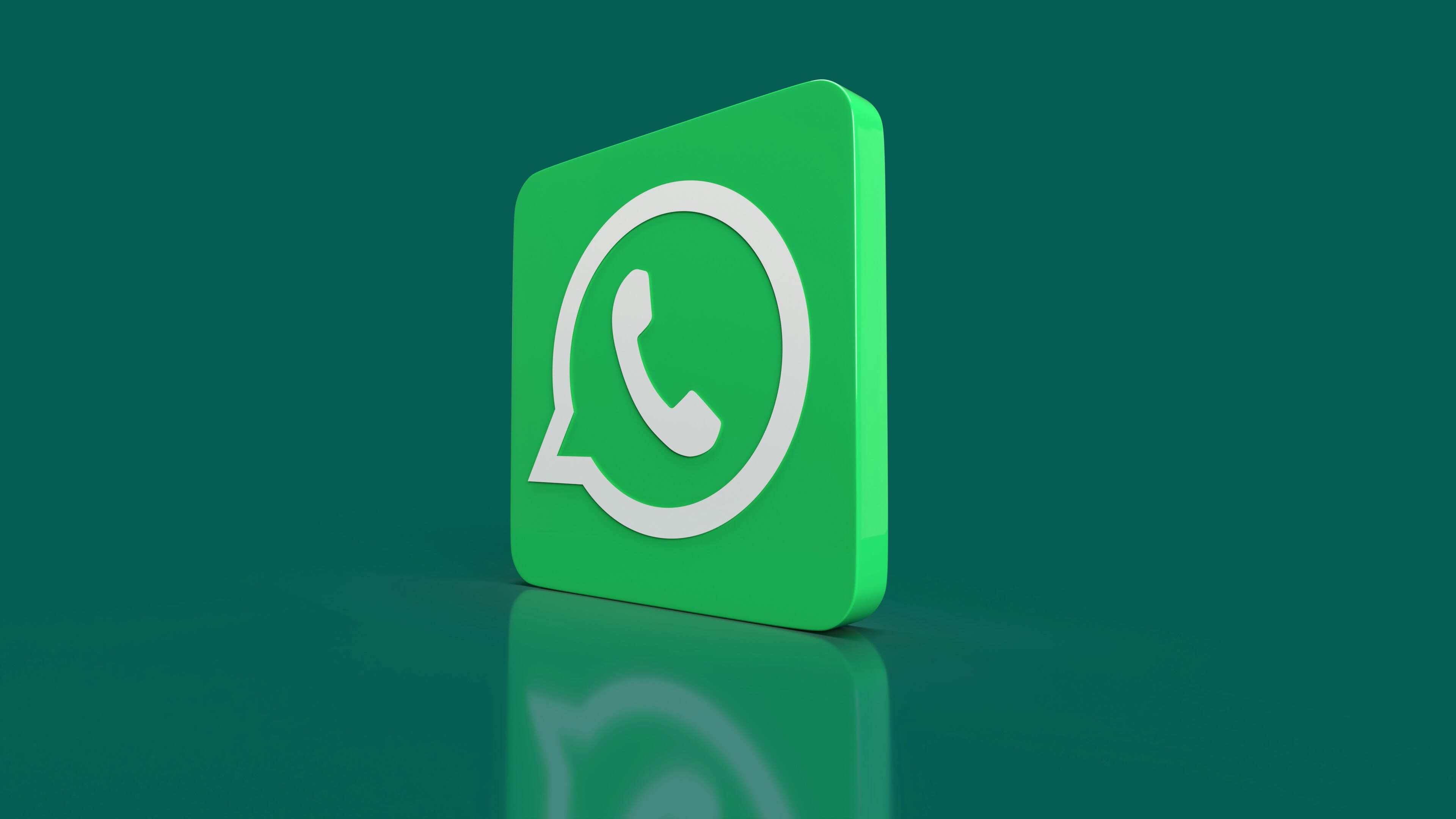WhatsApp is a lifeline for billions, connecting friends, families, and businesses worldwide. But what happens when access is restricted due to government censorship, workplace policies, or network outages? Enter the WhatsApp proxy, a powerful tool to bypass these barriers and keep your chats flowing securely. In this guide, we’ll explore what a WhatsApp proxy is, why it’s essential, and how you can set one up to ensure uninterrupted, private communication.
What Is a WhatsApp Proxy?
A WhatsApp proxy is a server that acts as an intermediary between your device and WhatsApp’s servers. Instead of your messages traveling directly to WhatsApp, they’re routed through the proxy, which masks your IP address and can bypass network restrictions. Think of it as a digital detour that keeps your communication private and accessible, even in regions where WhatsApp is blocked or throttled.
WhatsApp introduced proxy support in 2023 to help users stay connected in areas with internet restrictions. By routing traffic through a proxy, your messages remain end-to-end encrypted, ensuring that neither WhatsApp, Meta, nor the proxy server can access your conversations. This makes proxies a vital tool for secure and unrestricted communication.
Why Use a WhatsApp Proxy?
Using a WhatsApp proxy offers several benefits, especially for users facing connectivity challenges or seeking enhanced privacy. Here’s why you might need one:
- Bypass Geo-Restrictions: In countries like China, Iran, or North Korea, WhatsApp may be blocked due to government censorship. A proxy allows you to route your traffic through a server in a different location, bypassing these restrictions and restoring access.
- Enhance Privacy and Anonymity: A proxy masks your IP address, adding an extra layer of anonymity. This is particularly useful in regions with heavy surveillance or when using public Wi-Fi, where your location and data could be tracked.
- Overcome Network Blocks: Workplaces, schools, or public Wi-Fi networks often restrict access to apps like WhatsApp. A proxy helps you bypass these blocks, ensuring you can stay connected wherever you are.
- Avoid ISP Throttling: Some internet providers slow down WhatsApp traffic, affecting call quality or media downloads. A proxy can route your traffic through a different server, potentially improving connection speed and reliability.
- Stay Connected During Outages: Internet shutdowns during political unrest or technical issues can disrupt WhatsApp access. A proxy provides a workaround, keeping your communication lines open when they’re needed most.
How to Set Up a WhatsApp Proxy
Setting up a WhatsApp proxy can be done in two ways: configuring a proxy within the WhatsApp app or setting up your own proxy server. Below, we’ll cover both methods, starting with the simpler in-app configuration and then diving into hosting your own server for advanced users.
Configuring a Proxy in WhatsApp
WhatsApp supports public proxies on ports 80, 443, or 5222. Here’s how to set it up on Android or iOS:
For Android- Open WhatsApp: Launch the WhatsApp app on your Android device.
- Go to Settings: Tap the three-dot menu in the top-right corner and select Settings.
- Navigate to Proxy Settings: Go to Storage and Data > Proxy.
- Enable Proxy: Toggle the Use Proxy option to ON.
- Enter Proxy Details:
- Proxy Address: Input the proxy host (e.g., de.greenapi.org).
- Port: Enter a supported port (80, 443, or 5222). Port 443 is recommended for secure HTTPS traffic.
- Save Settings: Tap Save or exit the menu. WhatsApp will test the connection.
- Test the Proxy: Send a message in WhatsApp. If it sends successfully, your proxy is working.
- Open WhatsApp: Launch WhatsApp on your iPhone.
- Go to Settings: Tap the cog icon in the bottom-right corner.
- Access Proxy Settings: Navigate to Storage and Data > Proxy.
- Enable Proxy: Toggle Use Proxy to ON.
-
Enter Proxy Details:
- Proxy Address: Enter the proxy host (e.g., de.greenapi.org).
- Port: Use 80, 443, or 5222. Enable TLS for secure connections if prompted.
- Add authentication credentials if required.
- Save and Test: Tap Save. Send a test message to confirm the proxy is working.
To configure a proxy in WhatsApp, you’ll need a reliable proxy address. Providers like Webshare offer free proxies (up to 10) upon sign-up, while Green-API provides free WhatsApp-specific proxies (e.g., de.greenapi.org, ports 8443 and 7777). Always choose proxies with high speed and support for HTTPS or SOCKS5 protocols for optimal performance.
Read More
- Jack Dorsey’s Bitchat Bluetooth Messaging App Hits the App Store
- How to Hide Your Phone IP Address: A Step-by-Step Guide to Mask Your Mobile Footprint
- How to Know if Your Phone is Being Tracked and How to Stop It
- Whatsapp Latest Update Introduces Redesigned Icons in Attachment Menu
- Unlocking WhatsApp Security: Understanding and Using the Security Code

